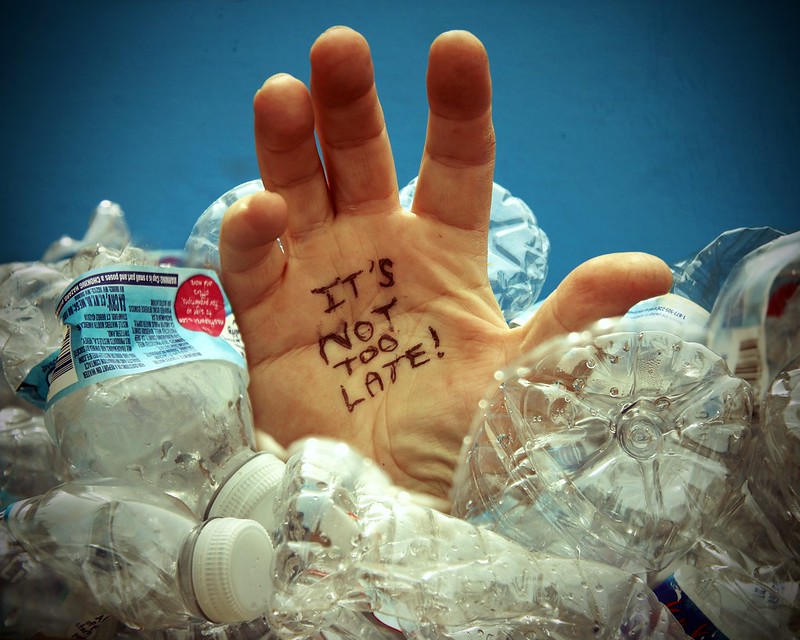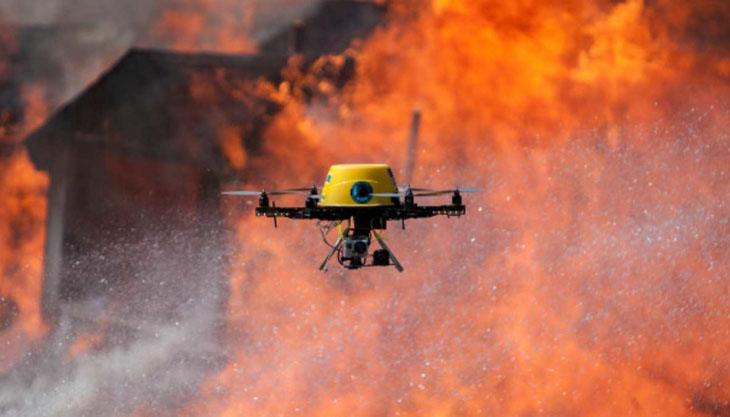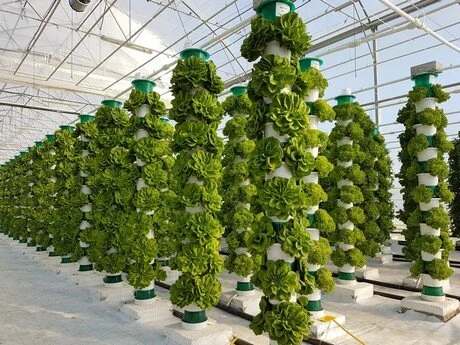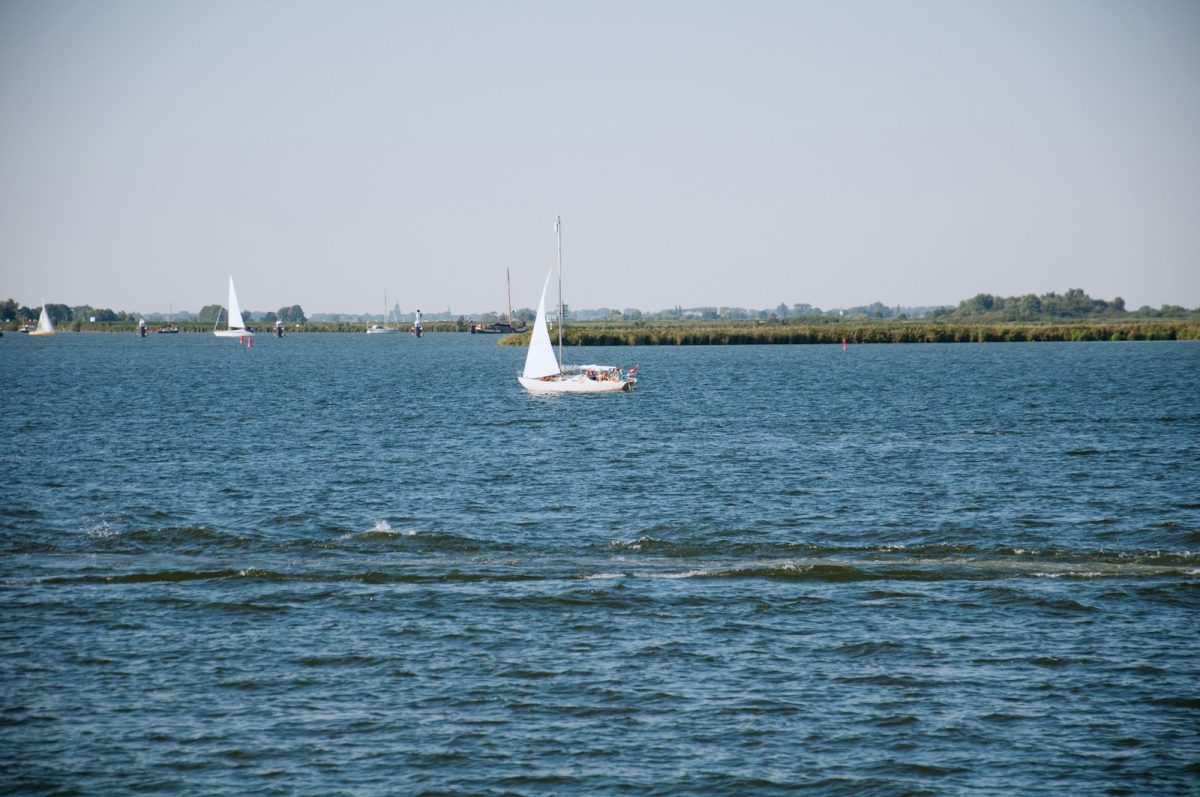Environment
Environmental Engineering is the application of engineering principles to improve and maintain the environment for the protection of human health and at-risk ecosystems.

Chesapeake Bay
Read Story

Pollution
Read Story

Drones Fighting Fires
Continue Reading

Hydroponics
Read Story

The Future of Farming
Read Story
Vertical Gardening
Read Story

Is Air Quality too Bad?
Read Story

Restoring the Bay
Read Story
Save the Bay
Read Story

Hydroponics Today and Tomorrow
Read Story
Food Insecurity
Continue Reading

Invasives In The Chesapeake Bay!
Read Story